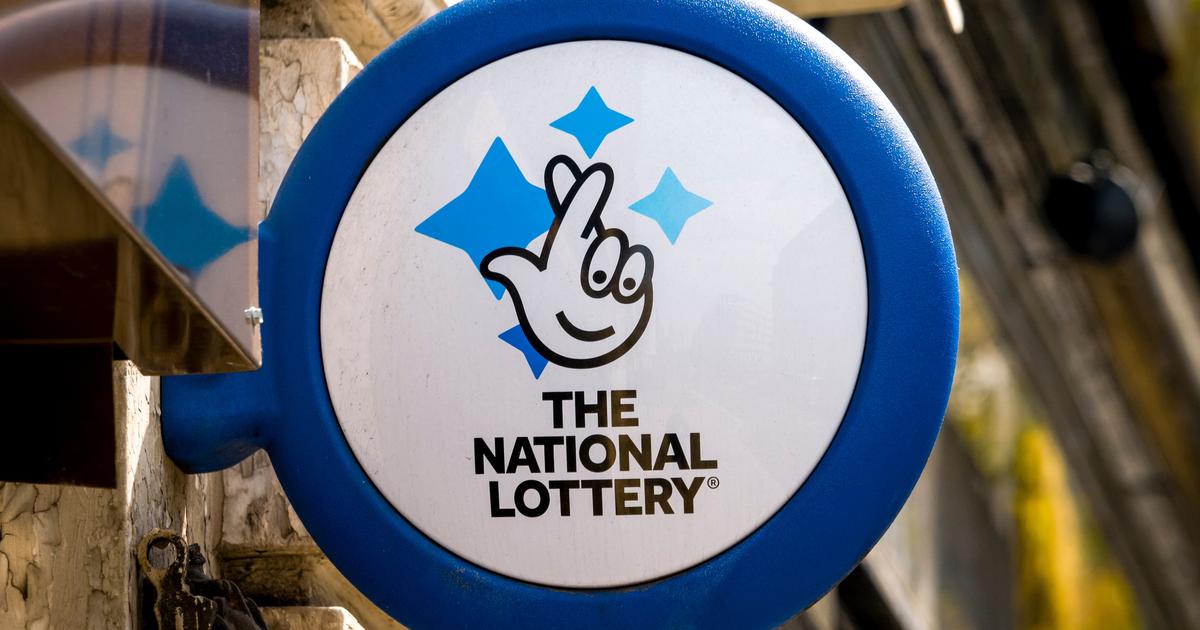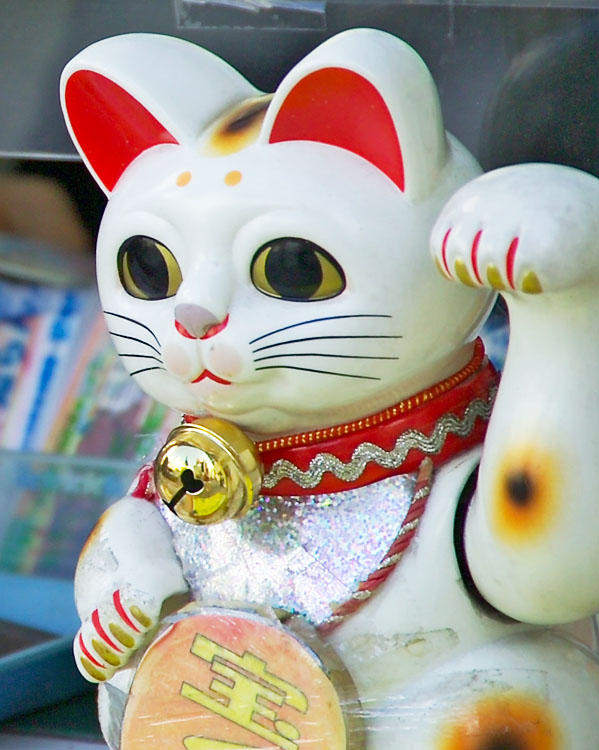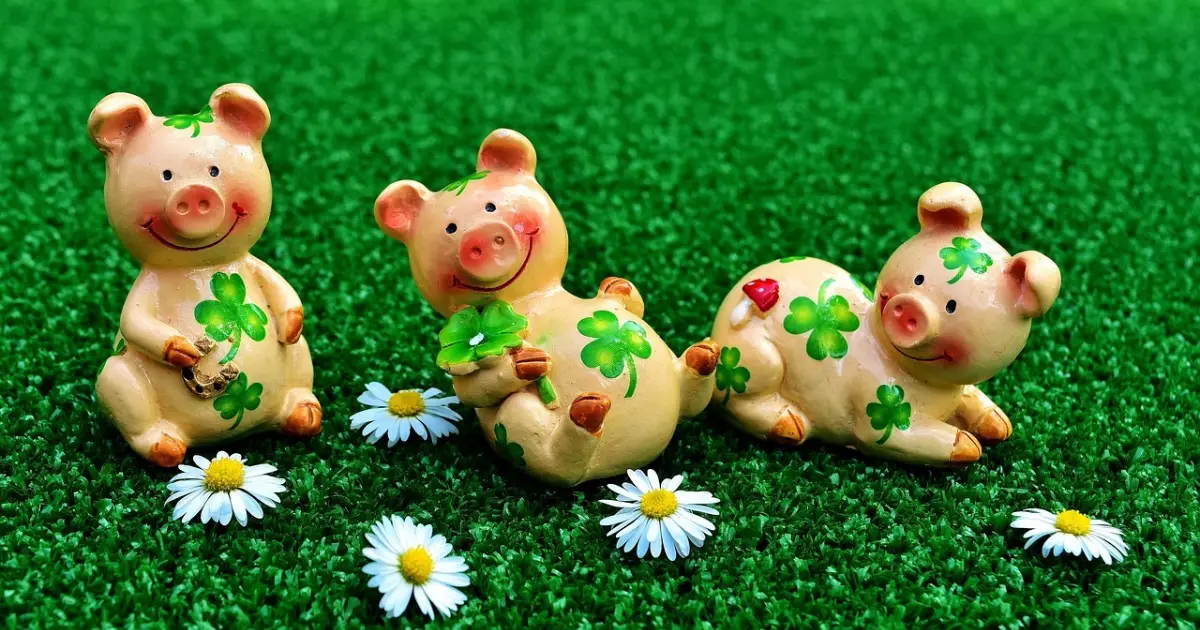Top 10: What are the best rituals for attracting luck at the casino?
Gamblers the world over use luck rituals, gestures, objects and superstitions to try and influence their fortunes at the casinos. What are these rituals, and where do they come from? This article explores ten emblematic practices, their cultural origins and their psychological impact.
As soon as chance takes over, the need for control emerges: blowing dice, touching a lucky object or avoiding certain dates has a calming effect. Cognitive psychology research talks of an ‘illusion of control’: the player feels more confident, even if this has no impact on the results of the game. What are the best rituals for attracting luck and winning at the casino? We take a look at 10 rituals used by gamblers!
1. The colour red in China
In China, red symbolises prosperity. Many players wear red or bet on the red squares at the roulette wheel. Numerous studies have shown that wearing or betting on red stimulates optimism among punters.
2. The magic number 8 in Asia and 13 in other countries
We remain in Asia where the number 8 evokes wealth, and is sacred to many Asian players who bet on 8 to maximise their luck. The 8 is also found as a symbol in many Asian-themed casino games. It sometimes even replaces the well-known 7 symbol in casino games. On the other hand, the number 4 is often banned in China, as it sounds like the word death, so the Chinese will avoid it at all costs.
In Europe, the number 13 is often used. Sometimes as a lucky number, sometimes as THE number to avoid! So is it a lucky number or not? It depends a lot on the player. If you’re Italian, you’re probably one of those players who consider it lucky. In Italy, winning a jackpot is often called ‘fare il tredici’ (making 13). And winning a jackpot is a sign of luck, isn’t it?
3. Blow on the dice
Blowing on the dice before throwing them is a ritual gesture that is widespread throughout the world. Who hasn’t done it? Roman soldiers were already doing it over 2,000 years ago, and it’s even possible that it dates back to antiquity. Although the gesture was probably intended to remove the dust that settled on the dice, it has stuck and has become a veritable little ritual of good luck.
4. The lucky rabbit’s foot
Another ritual that has survived the centuries to end up in some players’ pockets! The rabbit’s foot owes its reputation to the qualities attributed to … the rabbit! Particularly prolific in reproduction, the rabbit symbolises fertility, fecundity, abundance and therefore good luck.
5. The four-leaf clover
The four-leaf clover is a rare mutation of the common three-leaf clover, with the chances of finding one being one in 10,000. Who hasn’t looked down at a bed of clover in the hope of finding the coveted four-leaf clover?
Clover has fascinated cultures since ancient Egypt, when priests gave it to married couples to bring them luck and ensure eternal love. In the Middle Ages, it conferred magical powers such as seeing fairies and warding off evil spirits. In Celtic tradition, each leaf represents a specific virtue: hope, faith, love and, of course, luck. All these beliefs have been passed down through the generations, contributing to the four-leaf clover’s reputation as a good luck charm.
6. Cross your fingers
Here’s another ritual that’s widespread throughout the world: cross your fingers! A small gesture that, according to legend, could be very profitable!
The origin of this gesture seems to date back to the Middle Ages, when two fingers were used to form a cross to ward off the devil. Gradually, however, it was transformed into a sign to ward off bad luck and attract good fortune. Widely used, the symbol of two crossed fingers even became the logo of the British National Lottery, as a show of support for players.

7. Knock on wood
‘Knock on wood.’ It’s an expression you may have used to ward off bad luck, but where does it come from?
This practice seems to have existed since 660 BC and is thought to have originated in Persia. Adherents of Mazdaism (the Iranian religion named after its main god Ahura Mazda) placed themselves under the protection of Atar, the fire genie, when they touched wood. Touching wood was supposed to attract him to ward off bad luck and bring good fortune.
8. Sound rituals
Back to Asia, and more precisely to Japan, where there are several little rituals to attract luck or ward off bad luck. One of them is to strike the table or slot machine three times before playing to awaken good luck. After a jackpot, a bell is rung and a bow is made to the machine to thank good fortune.
9. Sacred objects
We have already mentioned the rabbit’s foot and the four-leaf clover, but there are many other sacred “lucky” objects, the best known of which are the horseshoe, the maneki-neko, the little Japanese cat that is supposed to bring prosperity, and the little pig offered in Germany at New Year’s to bring good luck throughout the year.

But others are more personal, such as the lucky socks or underwear worn by sportspeople, or small objects that people carry around for good luck.
‘I always wear my lucky cap when I play, without it I have no luck’.
10. Gambling luck or luck in love?
Another widespread belief in our countries is that it is impossible to be lucky at gambling and in love at the same time! Some people go so far as to believe that if they suddenly become very lucky at the gaming table, it’s because their partner is unfaithful.
In Italy, “wearing the horns” (i.e. having an unfaithful spouse) brings good luck in all other areas. Horns, which can also be found in the form of pendants and other grigris, are a very common good luck charm.
Are all these rituals effective?
Maybe they do, maybe they don’t. No scientific study has been able to prove this, because luck is always a matter of chance. But luck rituals, while they do not influence the odds, do shape the gambler’s psychology, reassure them and enrich the gambling experience.
A number of studies show that a ritual soothes and helps players concentrate. It acts like a placebo effect: feeling lucky improves concentration and confidence.


